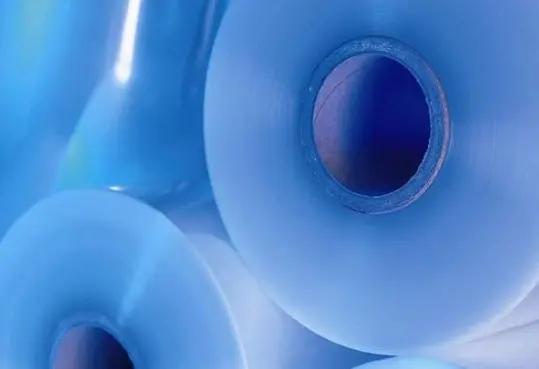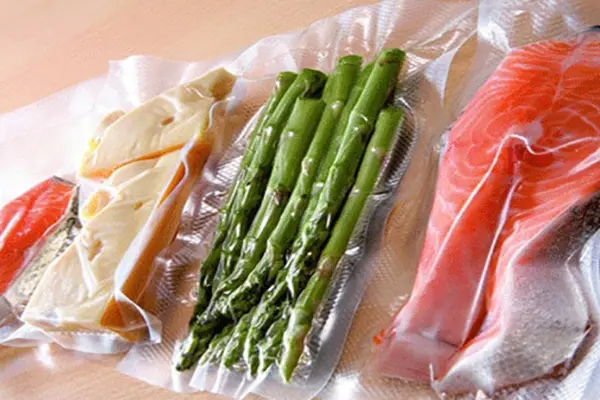In packaging, two popular methods are frequently used to protect and preserve products: shrink-wrapping and vacuum packaging. Both have their distinct advantages and disadvantages, and they are employed across various industries, from food preservation to electronics and retail. Understanding the differences between shrink wrapping and vacuum packaging can help businesses select the right packaging solution. This article will compare these two techniques, outlining their key features, uses, and advantages.
What is Shrink Wrapping?
Shrink wrapping is a packaging process that involves wrapping a product in a plastic film, which is then heated. The heat causes the plastic to shrink and tightly conform to the shape of the product. Shrink wrapping is used in a variety of industries for packaging individual items or bundling multiple items together. Common materials used for shrink wrapping include polyolefin, PVC, and polyethylene films.

Key Features of Shrink Wrapping:
- Versatile Application: Shrink wrapping is commonly used for a wide range of products, including books, DVDs, toys, and even perishable goods like fruits and vegetables. It is also popular for bundling items like beverage packs.
- Transparency: The film used in shrink wrapping is usually clear, allowing consumers to easily view the packaged product without opening it.
- Protection from Dust and Moisture: Shrink wrapping provides a protective seal around the product, shielding it from dust, dirt, and moisture. However, it may not be airtight.
- Cost-Effective: Shrink wrapping is a relatively low-cost packaging method, making it ideal for mass packaging and shipping.
What is Vacuum Packaging?
Vacuum packaging is a method that involves placing a product inside a plastic bag or pouch, extracting the air from the packaging, and then sealing it. By removing air, vacuum packaging minimizes oxidation and the growth of bacteria, making it an excellent option for preserving food products. Vacuum packaging is widely used in the food industry, particularly for meats, seafood, and other perishable items.

Key Features of Vacuum Packaging:
- Air Removal: The primary function of vacuum packaging is to remove air from the package, which extends the shelf life of food products by slowing down the processes of spoilage and bacterial growth.
- Food Preservation: Vacuum packaging is highly effective for food preservation. It prevents freezer burn and dehydration, making it a go-to method for preserving raw and cooked foods.
- Compactness: Removing air from the package reduces the overall size of the product, allowing for more efficient storage and shipping.
- Longer Shelf Life: Vacuum-sealed food products typically have a much longer shelf life compared to those stored in traditional packaging.
Shrink Wrapping vs. Vacuum Packaging: A Detailed Comparison
1. Protection and Preservation
- Shrink Wrapping: Shrink-wrapping protects against external elements like dust, dirt, and moisture, but it is not an airtight solution. This means it does not prevent air from reaching the product, which can lead to oxidation or spoilage in the case of perishable items. Shrinkwrapping is better suited for non-perishable goods, such as books, electronics, and retail items.
- Vacuum Packaging: Vacuum packaging excels in preserving perishable products, particularly food. By removing air, it effectively slows down spoilage, bacterial growth, and oxidation. This makes it ideal for packaging items like meat, seafood, and dairy, which require extended shelf life and freshness.
2. Aesthetic and Presentation
- Shrink Wrapping: One of the major advantages of shrink wrapping is its transparent film, which provides an attractive presentation. Customers can see the product clearly without opening the package, making it a good choice for retail displays. The plastic film also conforms to the shape of the product, giving it a neat and polished appearance.
- Vacuum Packaging: While vacuum packaging can also be transparent, the removal of air often causes the plastic to tightly press against the product, which may not always be visually appealing. In some cases, vacuum-sealed products can look squished or unflattering. This is especially noticeable with soft or delicate items, like baked goods.
3. Cost and Efficiency
- Shrink Wrapping: Shrink wrapping is typically a more affordable option, especially for large-scale operations. The equipment required for shrink wrapping is generally less expensive than vacuum packaging machines. Additionally, shrink wrapping can be done more quickly, making it a more efficient choice for mass packaging of non-perishable goods.
- Vacuum Packaging: While vacuum packaging offers superior preservation, it often requires more specialized equipment and may involve higher costs in terms of machinery and packaging materials. It is a more labor-intensive process and may take more time per package compared to shrink wrapping. However, the investment in vacuum packaging can be justified for products that need extended shelf life.
4. Application and Industry Use
- Shrink Wrapping: This method is commonly used across a wide range of industries, including retail, electronics, cosmetics, and logistics. Shrink wrapping is ideal for bundling multiple items together (like a pack of water bottles) or packaging individual products in an attractive, tamper-evident seal. It is less commonly used in the food industry unless it is for non-perishable goods.
- Vacuum Packaging: Vacuum packaging is primarily associated with the food industry, especially for packaging raw and cooked meats, seafood, cheeses, and other perishables. It is also used in the medical industry for sterile packaging of equipment and tools. While vacuum packaging is mainly focused on preservation, it can also be used for non-food items, such as electronics, to protect them from moisture and oxidation.
Conclusion
Both shrink-wrapping and vacuum packaging are effective packaging solutions, but they serve different purposes. Shrink wrapping is a versatile, cost-effective method for protecting products and improving their presentation, making it ideal for retail and non-perishable goods. Vacuum packaging, on the other hand, is the preferred choice for food preservation, offering superior protection against spoilage and extending shelf life.
Choosing between shrink wrapping and vacuum packaging depends largely on the specific needs of the product and the industry. Businesses that prioritize aesthetic appeal and cost efficiency may prefer shrink wrapping, while those that need to ensure long-term freshness and protection from air and moisture will likely opt for vacuum packaging.
Post time: 10-15-2024

